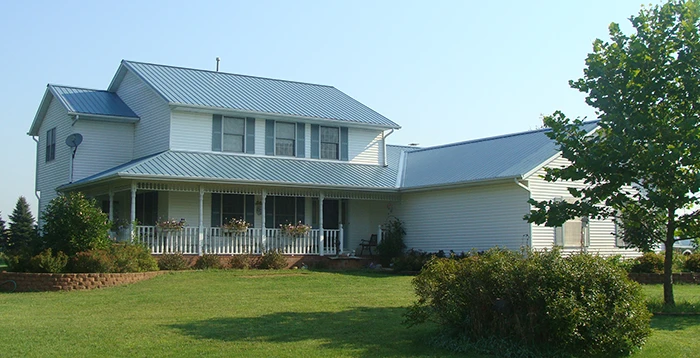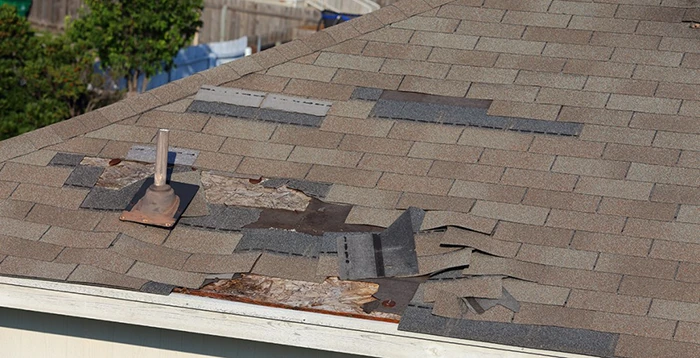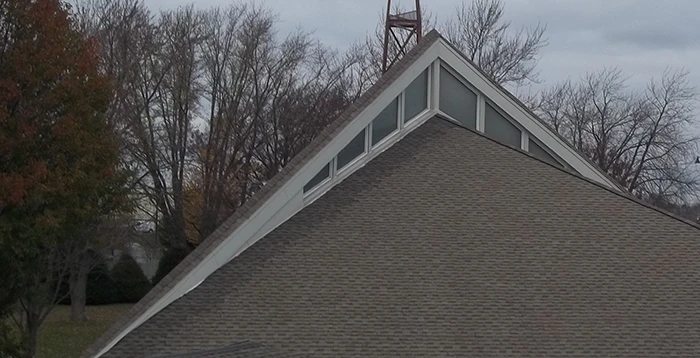Your Home for Superior Roofing, Siding, and Solar Services in the Rockford, Illinois Region
Founded on the idea that we could offer a different level of quality and care in roofing repair and replacement services, EcoHome builds a true partnership with customers based on thorough roofing evaluations, high quality materials, and industry-leading customer service. Our dedication to these principles have made EcoHome one of the most trusted residential, commercial, and solar repair and installation company in the Rockford region and beyond.

It’s Time to Put Your Home in Good Hands — Let EcoHome Be Your Guide
OUR MISSION IS SIMPLE:
To use the highest level of craftsmanship, products, and techniques to provide unparalleled roof repair and replacement regardless of project or location.
The EcoHome team has years of combined experience in home restoration, renovation, and demonstrating this expertise on every project is what we’re all about.
REQUEST A QUOTE
ABOUT ECOHOME

ABOUT ECOHOME
EcoHome opened in 2009 to provide the Rockford, Illinois region with the highest-quality home repair products and services.
RESIDENTIAL REPAIR SERVICES

RESIDENTIAL REPAIR SERVICES
The weather in the Rockford region can be unpredictable. Has your residential property suffered as a result?
COMMERCIAL & CHURCH REPAIR SERVICES

COMMERCIAL & CHURCH REPAIR SERVICES
Don’t let damage to your commercial or church property get you down — our team can get you back on your feet.

ABOUT ECOHOME
EcoHome opened in 2009 to provide the Rockford, Illinois region with the highest-quality home repair products and services.

RESIDENTIAL REPAIR SERVICES
The weather in the Rockford region can be unpredictable. Has your residential property suffered as a result?

COMMERCIAL & CHURCH REPAIR SERVICES
Don’t let damage to your commercial or church property get you down — our team can get you back on your feet.